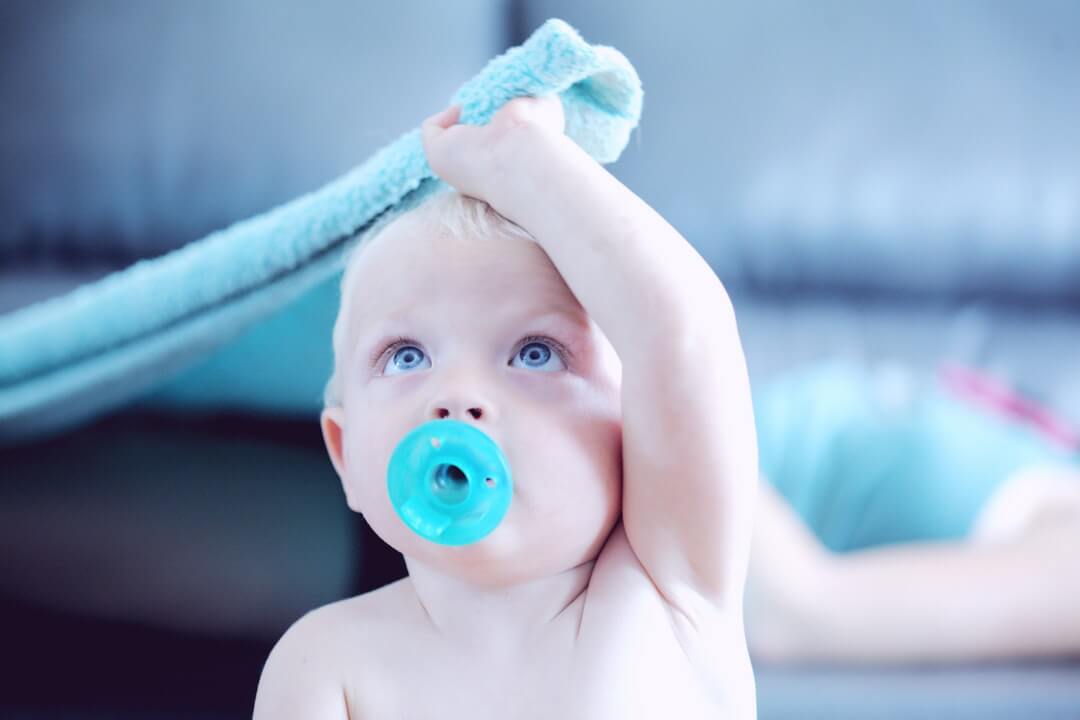One in every 59 American children is affected by autism.
The rate of autism is growing. With more children diagnosed than ever before, parents are looking for ways to catch the condition as early as possible.
Thanks to new research, the signs of autism in babies can be detected much earlier. If you’re concerned about your child, you should know what to look for and when it’s time to make an appointment with a specialist.
Keep reading to find out the early signs of autism in infants and why it’s important to spot these in early development.
Table of Contents
Importance of Detecting the Signs of Autism In Babies Early
There is no blood or diagnostic test that can detect autism. Instead, doctors diagnose autism based on parent observations. They also observe the child using standardized tools such as the Checklist for Autism in Toddlers (CHAT).
CHAT is really only useful for children who are over the age of 18. But a 2005 Canadian study led to the development of the Autism Observation Scale for Infants (AOSI). With this scale, doctors can assess infants as early as six months.
These new developments are important because they allow for earlier detection of autism. The earlier you detect autism, the earlier you can begin to intervene. And that helps you avoid many of the frustrations and communication problems that come with having a child with autism.
The Most Common Signs of Autism in Babies
If your child shows one or two of the following signs, you shouldn’t worry too much. But if your baby shows more than four of these signs, you should consider having them screened by your doctor or check out these clinics.
1. Inability to Visually Track Objects
If you wave a brightly colored toy in front of a baby, they’re usually fixated on the object and they track it with their eyes. But if your child doesn’t follow the object, loses interest, and quickly disengages, that might be an early symptom of autism.
2. Fixation
A child who becomes fixated on unusual objects may be displaying signs of autism. If you notice your child becoming fixated on parts of toy but not the toy itself, patterns, floors, or objects like fans, that could be a sign of early autism.
3. No Social Smiling
When you smile at a baby, they reflexively smile back. They do this as early as one month and by three months they should definitely be doing this. If you smile at your baby three to four times and they don’t smile back most times, that could be a sign of autism.
4. No Response to Their Name
By nine months of age, a baby should know their name and respond to it.
5. Socially Withdrawn
If your baby isn’t saying words or even social babbling by 18 months of age, there might be a problem. That’s especially true if they’re also socially withdrawn.
You can tell if a baby is socially withdrawn when they lack interest in interacting with other kids and their parents. They should have an interest in playing things like Peak-A-Boo, laugh and make squealing sounds, and show affection. They should also be trying to attract your attention through sounds and actions.
6. No Eye Contact
Within the first month, your child should show interest in the human face. If they’re not making eye contact more often than not, that might be a sign of autism.
More On Your Families Health
Knowing the signs of autism in babies can help you get a diagnosis faster. And early detection can help you start working out how you to best care for your child. Look for things like eye contact, social interaction, and visual cue’s before making an appointment with your doctor.
And for more information on your health and the health of your family, be sure to check out our blog.




























